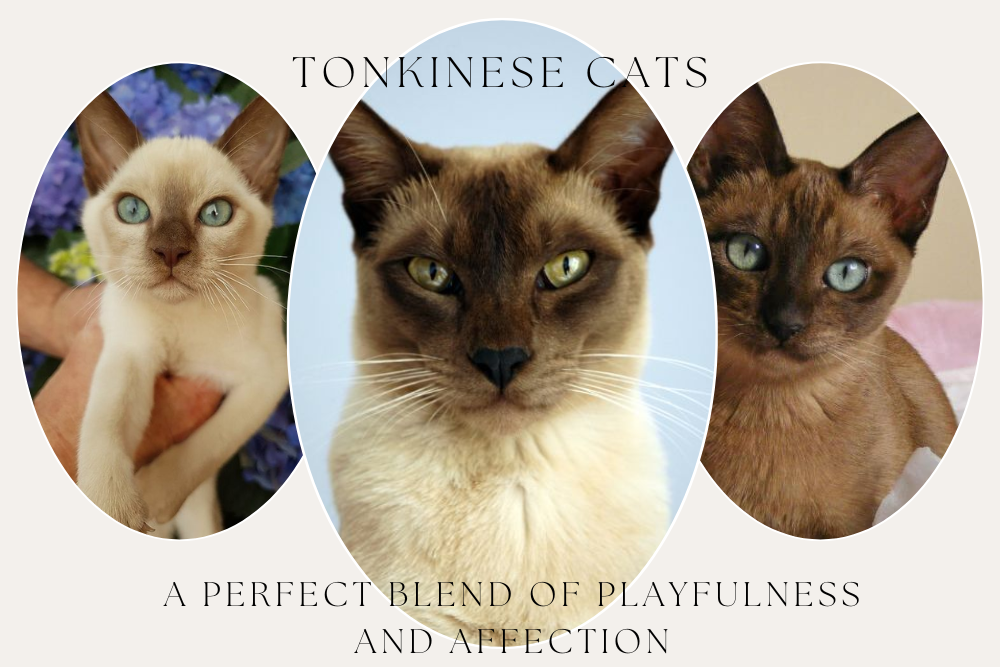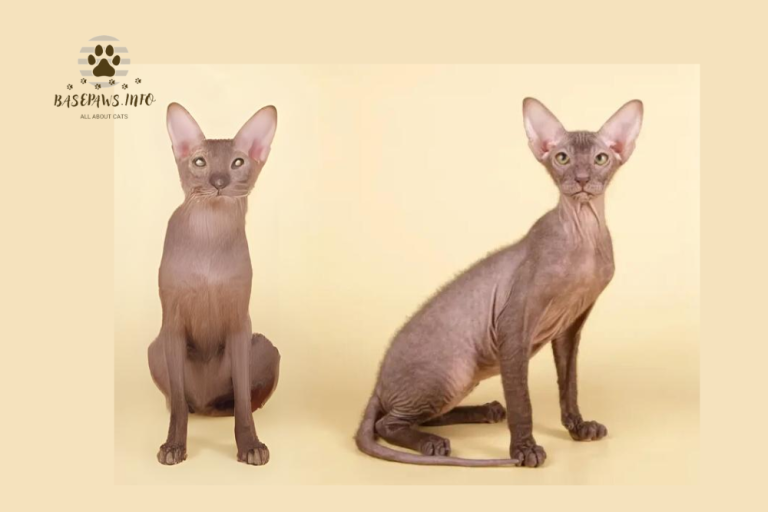The Tonkinese Cat Experience: Traits, Care, and Family Life
Introduction
Choosing the right pet can be a daunting task, especially with so many breeds to consider. For families and individuals seeking a loving and interactive companion, the Tonkinese cat emerges as a fantastic choice. Known for their playful and social nature, Tonkinese cats can bring joy and laughter into any home. However, before making a decision, it’s crucial to understand their unique characteristics and care requirements.
This article aims to provide a comprehensive overview of Tonkinese cats, exploring their history, traits, care needs, and suitability for family life. By delving into these aspects, potential owners can make an informed decision about welcoming Tonkinese into their homes. We will cover everything from their ancestry and appearance to their personality and health, ensuring that you know what to expect from this delightful breed.
Tonkinese cats are not just pets; they are companions that thrive on interaction and affection. Understanding their specific needs and behaviors can help you create an enriching environment that fosters their well-being. Whether you’re already considering a Tonkinese or just starting your research, this guide will equip you with the knowledge to embrace this enchanting breed.
Overview of Tonkinese Cats
Tonkinese cats are a blend of Siamese and Burmese breeds, combining the best traits of both. Their unique personality, striking appearance, and interactive nature make them a sought-after choice for many families. However, knowing about their grooming needs, socialization requirements, and health concerns is essential for providing them with the best care possible. This understanding ensures a harmonious relationship between you and your Tonkinese cat.
Tonkinese History and Heritage
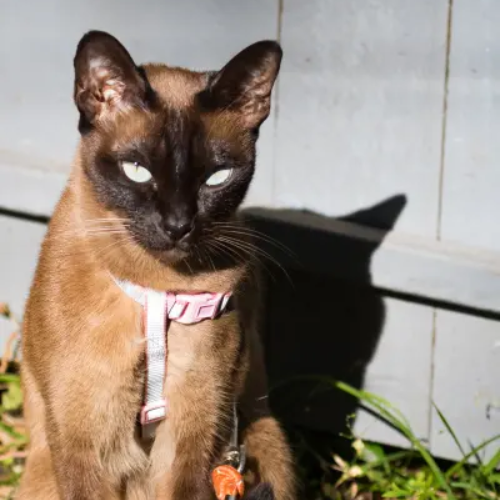
Ancestry: A Blend of the Best
The Tonkinese breed has its roots in Southeast Asia, where it emerged as a mix of the Siamese and Burmese cats. This blending of genetics produced a cat that is both playful and affectionate, making them ideal companions. Their history reflects a long-standing appreciation for cats in the region, with many cultural references throughout time.
Historical References and Origins
Historical records of Tonkinese cats date back to the Ayudha Period, around the late 1300s. They were cherished for their companionship and beauty, often depicted in art and literature of the time.
Wong Mau: The First Known Tonkinese
The first known Tonkinese cat, named Wong Mau, was bred in the 1930s by Dr. Joseph Thomson. Wong Mau was a crossbreed between a Siamese and a Burmese cat, showcasing the traits that would define the breed. This cat played a crucial role in establishing the Tonkinese as a recognized breed in the cat fancy world.
Significance of the Name “Tonkin”
The name “Tonkin” refers to an ancient name for Vietnam, where these cats were believed to have originated. This geographical connection adds a rich cultural layer to the breed, as it reflects its historical and geographical roots.
Recognition and Championship Status
Tonkinese cats gained formal recognition in the 1980s by the Canadian Cat Association. The breed achieved championship status in 2002 through the Cat Fanciers Association, solidifying its place in the world of feline companions.
Characteristics and Vital Statistics
General Appearance and Body Structure
Tonkinese cats have a medium-sized, muscular build with a graceful appearance. Their rounded heads and almond-shaped eyes give them a distinctive look that is both captivating and endearing.
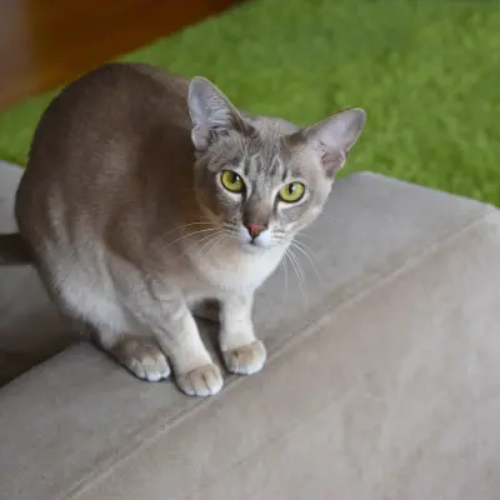
Key Statistics
| Vital Stats | Details |
| Lifespan | 10 – 16 years |
| Weight | 2.5 – 5.5 kg |
| Color Variations | Blue, Champagne, Natural, Platinum |
Coat Types and Colors
Tonkinese cats come in various coat types and colors, with a soft, dense coat that requires minimal grooming.
Overview of Color Terms
- Mink: A soft, velvety texture that is a signature of the breed.
- Pointed: Darker colors on the face, ears, and tail, reminiscent of the Siamese.
- Solid: A uniform color throughout the body.
Types of Coats
- Point
- Mink
- Solid
Color Changes with Age
As Tonkinese cats age, their coat colors may deepen or change. Kittens often start with lighter colors and develop their full coloring as they mature.
12 Color/Coat Pattern Examples

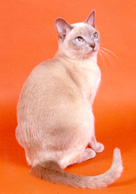
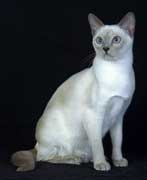
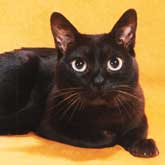

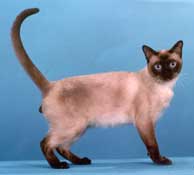
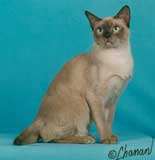
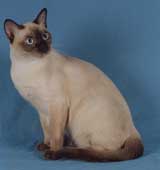

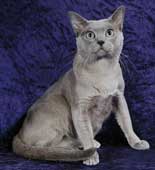
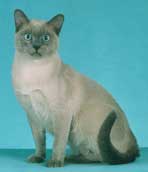

- Blue Point
- Champagne Point
- Natural Point
- Platinum Point
- Chocolate Mink
- Blue Mink
- Champagne Mink
- Natural Mink
- Solid Blue
- Solid Champagne
- Solid Natural
- Solid Platinum
Eye Colors: Windows to Their Soul
Tonkinese cats are renowned for their expressive, almond-shaped eyes that can range from blue to aqua. The eye color can vary based on the coat type.
Eye Color Variations by Coat Type
- Pointed: Typically blue.
- Mink: Aqua eyes, which are a blend of the blue and gold characteristics of their parent breeds.
- Solid: Eye color can vary but often remains blue or aqua.
Personality and Behavior
Personality Traits: The Puppy-like Feline
Tonkinese cats are often described as having a dog-like personality. They are incredibly social, affectionate, and love to be involved in family activities. Their playful nature means they thrive on interaction and can often be seen playing fetch or chasing after toys.
Social and Playful Nature
These cats are known for their social nature, making them ideal companions for families with children or other pets. They enjoy being the center of attention and will actively seek out interaction with their owners.
Communication Style
Tonkinese cats are vocal and will engage in conversation with their owners. They communicate their needs through a range of sounds, from chirps to trills, making it clear when they want attention or playtime.
Activity Level and Intelligence
Tonkinese cats are highly intelligent and require mental stimulation to keep them entertained. Engaging them with interactive toys and games is essential for their well-being.
Mischievous Tendencies
While affectionate, Tonkinese cats can also be quite mischievous. They love to explore their surroundings and may get into trouble if left unsupervised. Providing them with plenty of toys and stimulation can help mitigate this behavior.
Interaction with Children and Other Pets
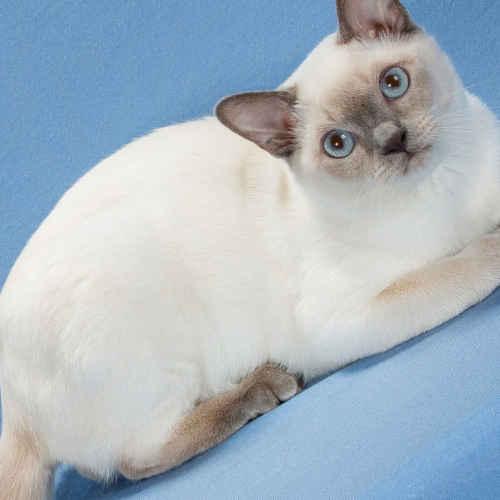
Tonkinese cats are generally good with children and can coexist well with other pets, making them excellent family companions. Their playful nature allows them to bond easily with kids, providing a nurturing and interactive environment.
Tonkinese Cats as Emotional Support Animals
Due to their affectionate and social nature, Tonkinese cats can serve as wonderful emotional support animals. Their ability to connect with humans makes them ideal companions for those needing comfort and companionship.
Care and Management
Owner Requirements
Owning a Tonkinese requires a commitment to their care and well-being. Prospective owners should be prepared to provide plenty of love, attention, and enrichment activities.
Activity and Enrichment Needs
These cats are active and playful, requiring daily exercise and mental stimulation. Providing toys, interactive games, and opportunities for exploration is essential to keep them engaged.
Training Capabilities and Tips
Tonkinese cats are quick learners and can be trained to follow commands or perform tricks. Positive reinforcement techniques, such as treats and praise, work best for training sessions.
Grooming Needs and Coat Care
Tonkinese cats have a low-maintenance coat that requires minimal grooming. However, regular brushing helps keep their coat healthy and free from mats.
Grooming Requirements
- Brush their coat weekly to reduce shedding.
- Bathe them occasionally to keep their coat looking fresh.
Dental Health Recommendations
Regular dental care is essential for Tonkinese cats. Brushing their teeth at least twice a week can help prevent dental issues and maintain overall health.
Nutrition and Feeding Guidelines
Tonkinese cats are not prone to obesity due to their high metabolism. However, they still require a balanced diet to thrive.
Suggested Nutritional Needs
- High-quality cat food with real meat as the primary ingredient.
- Ensure access to fresh water at all times.
Feeding Tips
- Feed them according to their age and activity level.
- Monitor portion sizes to maintain a healthy weight.
Health Overview
Tonkinese cats are generally healthy but may be prone to certain health issues. Regular vet check-ups and vaccinations are essential for maintaining their health.
Common Health Issues
- Dental problems
- Obesity
- Genetic disorders associated with their parent breeds
Importance of Insurance
Consider investing in pet insurance to help cover any unexpected health issues. This can provide peace of mind and ensure your Tonkinese receives the best care possible.
Living with a Tonkinese
Compatibility with Family Life
Tonkinese cats are highly compatible with family life. Their playful and social nature allows them to fit well into a busy household, providing companionship and joy.
Settling in a New Tonkinese Cat
When bringing a new Tonkinese home, provide a safe and comfortable space where they can acclimate. Gradually introduce them to different areas of the house and family members to help them settle in.
Indoor vs. Outdoor Living
Tonkinese cats can thrive in both indoor and outdoor settings, but it’s essential to ensure their safety. If allowing outdoor access, supervise their time outside to protect them from potential dangers.
Enrichment and Specific Needs
Providing plenty of toys, climbing structures, and interactive activities is essential for Tonkinese cats. They require mental stimulation to keep them happy and healthy.
Falling in Love with a Tonkinese
Personal Stories of Tonkinese Kittens
Many Tonkinese owners share heartwarming stories of how their kittens have brought joy and companionship into their lives. These cats are known for their quirky personalities and loving nature, creating lasting bonds with their owners.
The Joy of Tonkinese Cats
The joy of owning a Tonkinese cat lies in their affectionate nature and playful antics. Their ability to connect emotionally with their owners makes them truly special companions.
Fun Facts and Popular Culture References
- Tonkinese cats were featured in popular culture, including movies and television shows, often portrayed as charming and playful characters.
- Their vocalizations can mimic human sounds, adding to their charming personality.
Considerations Before Bringing Home a Tonkinese
Are You Ready for a Tonkinese?
Before deciding to bring a Tonkinese into your home, consider your lifestyle and readiness for the commitment involved in caring for this breed. Ensure you have the time, resources, and love to devote to your new companion.
The Tonkinese cat is a charming, affectionate, and playful breed that can bring immense joy to any household. Understanding their history, characteristics, and care needs is essential for prospective owners. By providing a loving environment, regular care, and plenty of stimulation, you can ensure a happy and healthy life for your Tonkinese companion. If you’re ready to welcome a playful feline into your life, a Tonkinese cat might just be the perfect choice for you!

